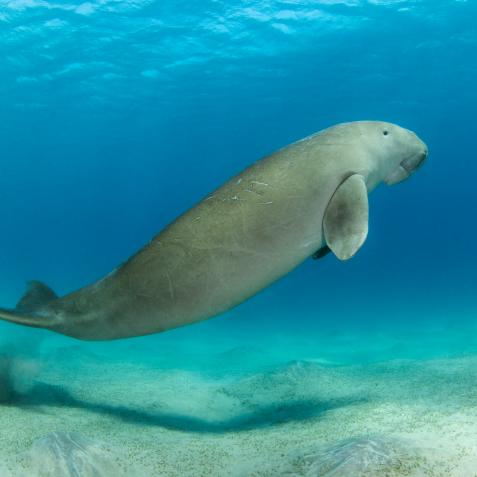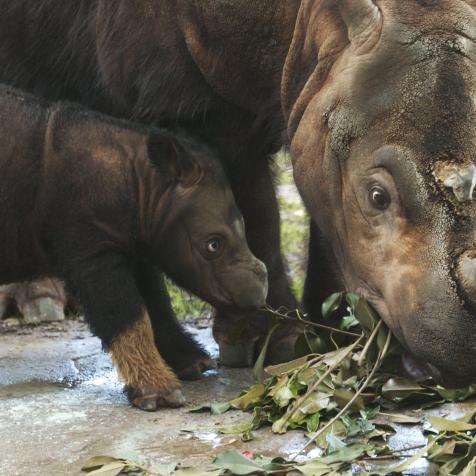
Giordano Cipriani
Tuna Conservation is Working
Two bluefin, a yellowfin, and an albacore tuna species are no longer critically endangered — surprising scientists.
Tuna are some of the open ocean’s fastest and strongest predators. While the word “tuna” may bring to mind thoughts of dinner, these massive fish are impressive in their own right. Bluefin tuna can reach 15 feet long and weigh up to 2,000 pounds.
In the midst of one the worst years of climate change in our planet’s history, scientists announced some good news this month:
According to the latest ‘Red List of Threatened Species’ by the International Union for Conservation of Nature (IUCN), four commercially fished tuna species are making a comeback.
Thanks to stricter enforcement of fishing quotas over the past decade, Atlantic bluefin tuna moved from Endangered to Least Concern, Southern bluefin tuna moved from Critically Endangered to Endangered, and both the albacore and yellowfin tunas moved from Near Threatened to Least Concern.

IUCN Red List of Threatened Species
The “IUCN Red List update is a powerful sign that, despite increasing pressures on our oceans, species can recover if states truly commit to sustainable practices,” said Dr. Bruno Oberle, IUCN Director General.
This surprisingly fast recovery highlights the enormous benefits of cracking down on illegal fishing.

Rodrigo Friscione
These marvels of the sea can live up to 35 years, producing as many as 10 million eggs a year.
Despite global improvement for tuna species, many local stocks remain depleted. Researchers caution that this recovery comes in the midst of growing strain on the ocean and marine species.
These new statistics should not be an incentive to loosen fishing regulations.
“We need to keep doing what’s working,” said Beth Polidoro, a marine biologist at Arizona State University.
The new ‘Red List’ updates included a reassessment of the world’s shark and ray populations, finding that 37% are now threatened with extinction, with 31% further affected by habitat loss, and an additional 10% affected by climate change.
Because these animals travel, sometimes thousands of miles, across the ocean, coordinating their protection on a global scale will be the key to seeing more conservation success stories like the tuna.


















